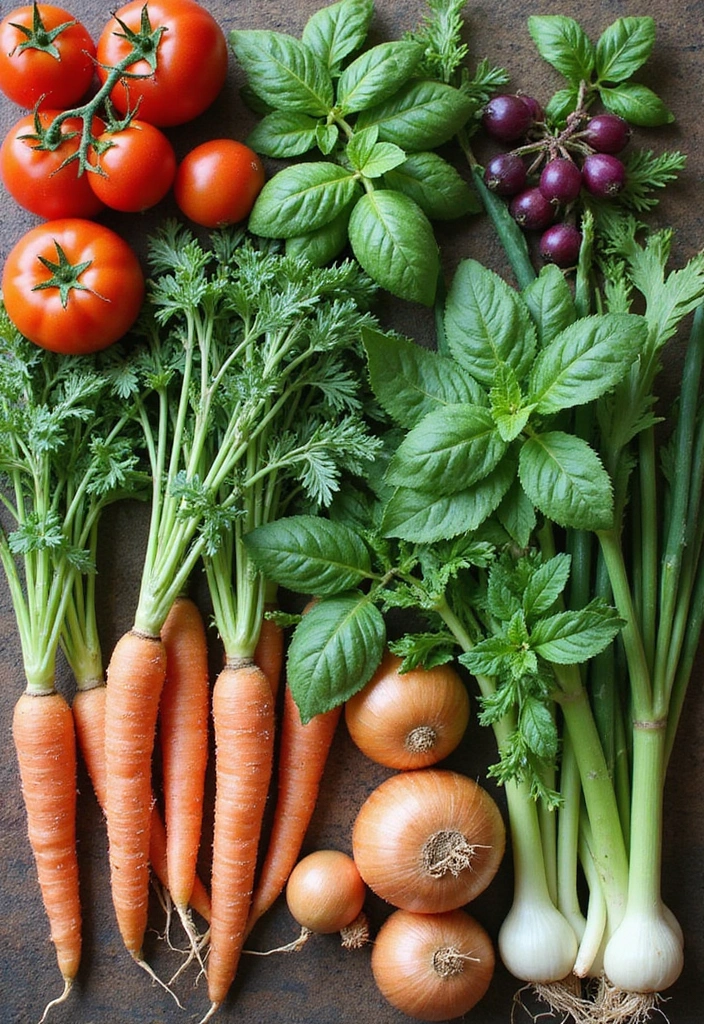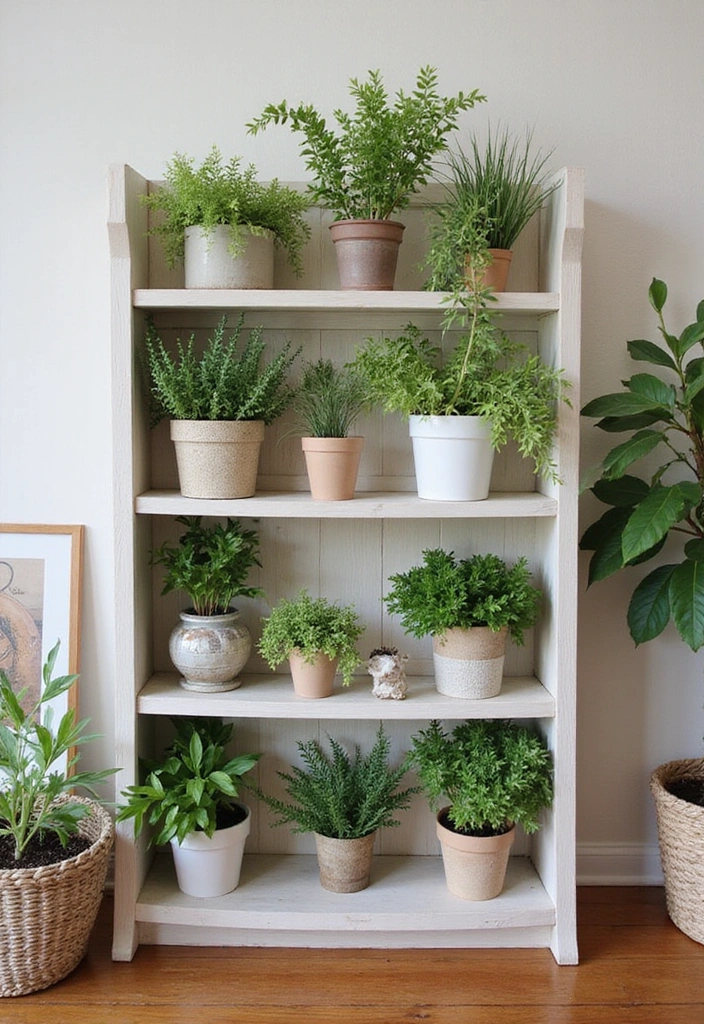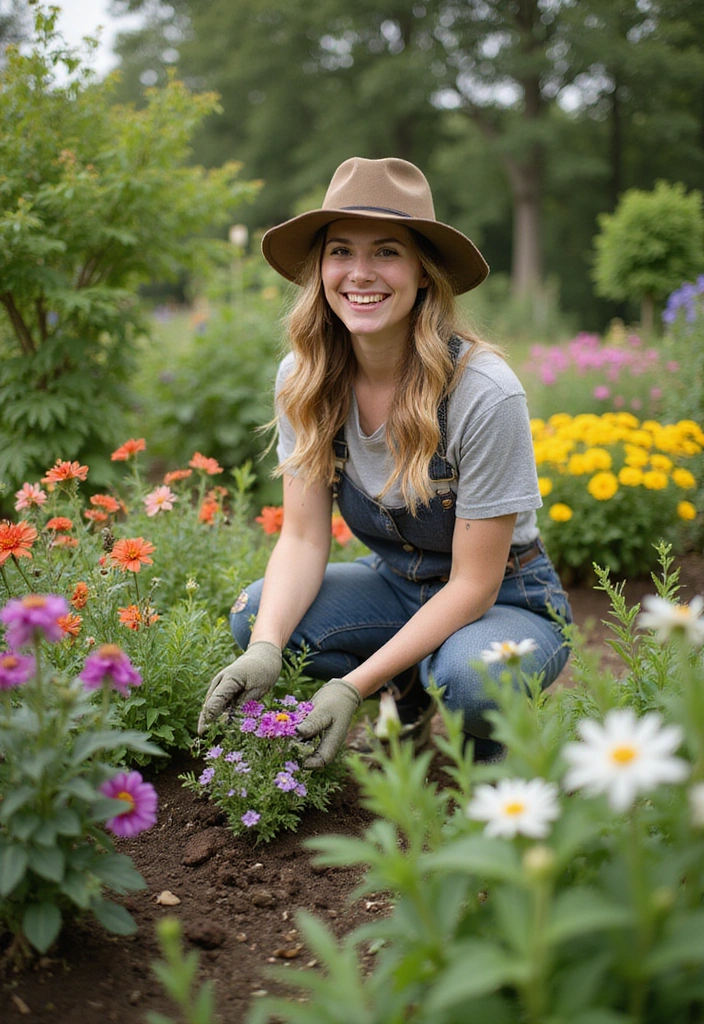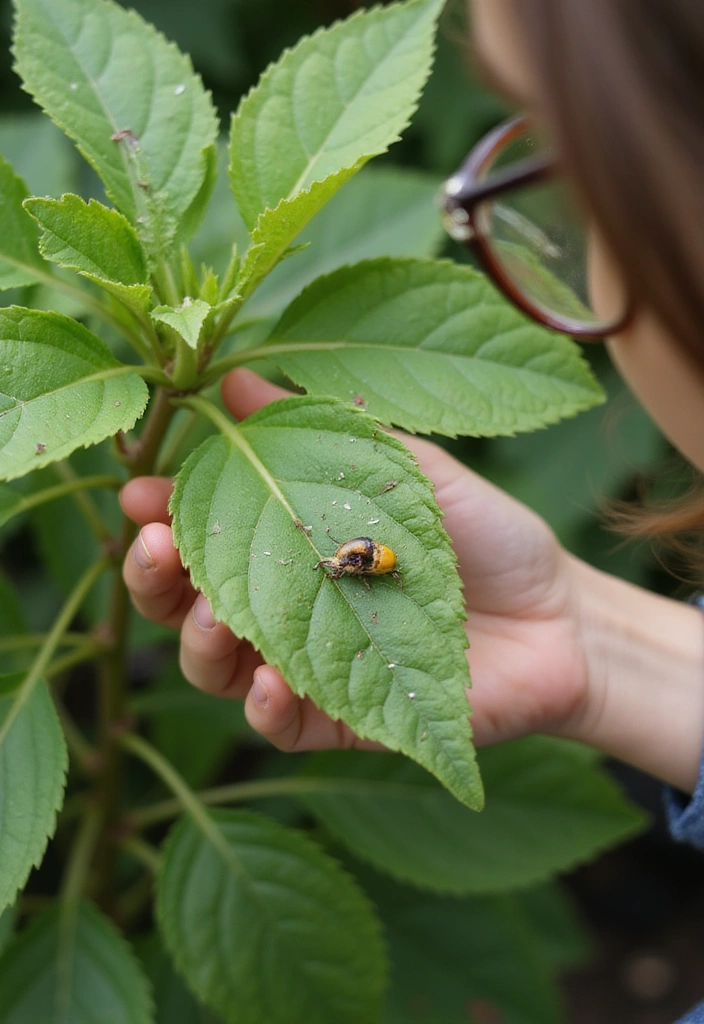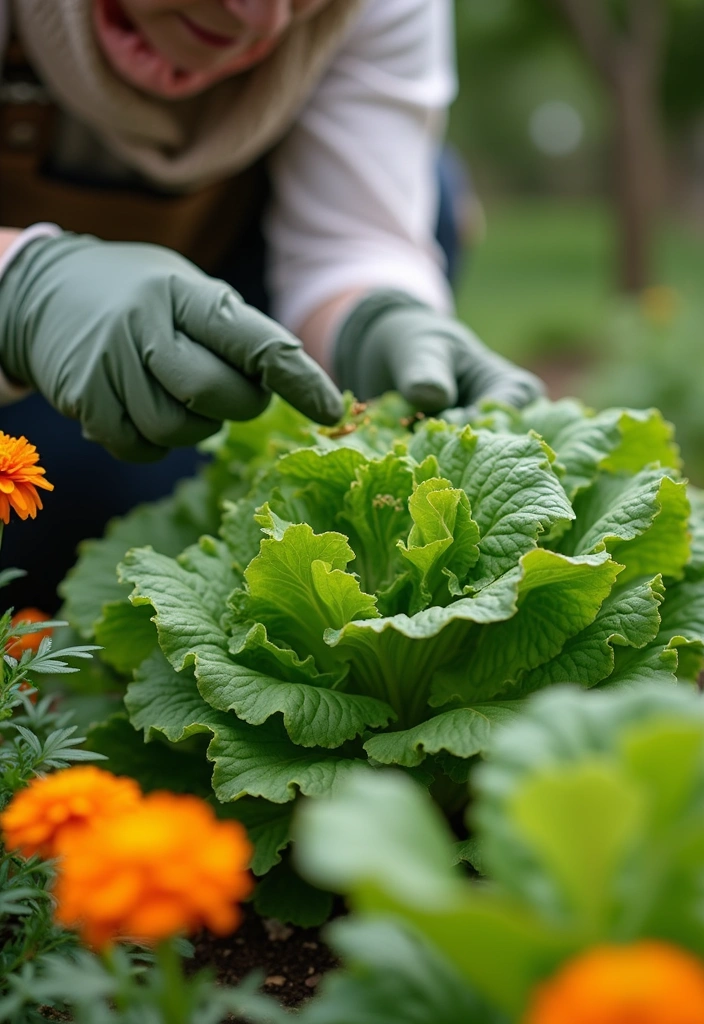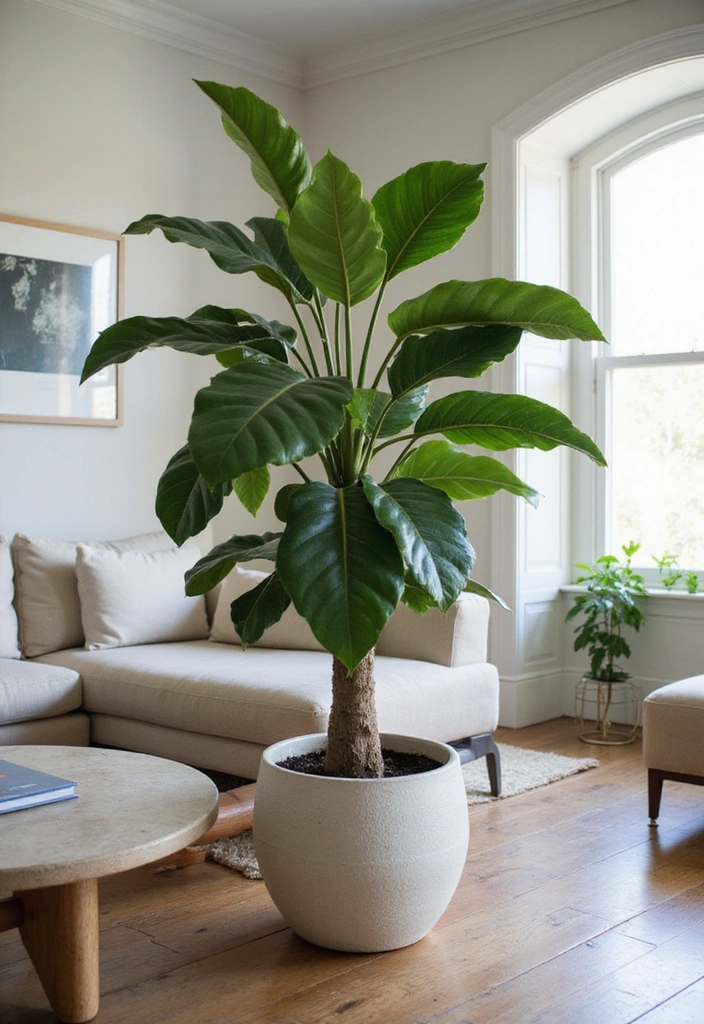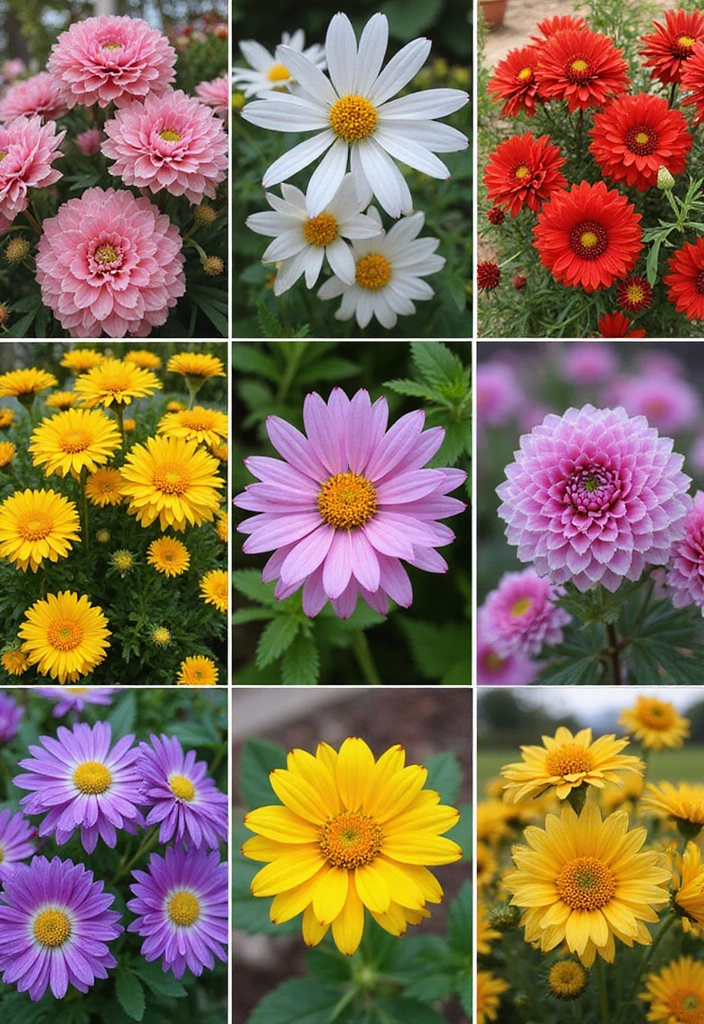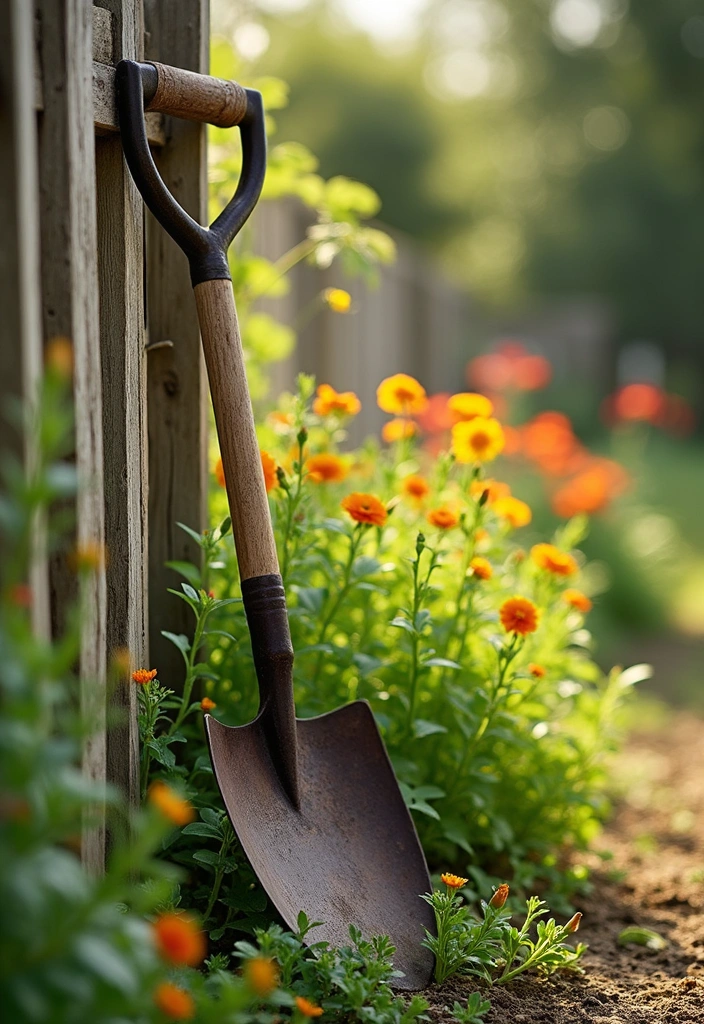Revolutionize your green thumb! Discover 17 genius gardening hacks that will truly change the way you grow, saving time and boosting yields. Prepare to be amazed by the mind-blowing tip at #9!
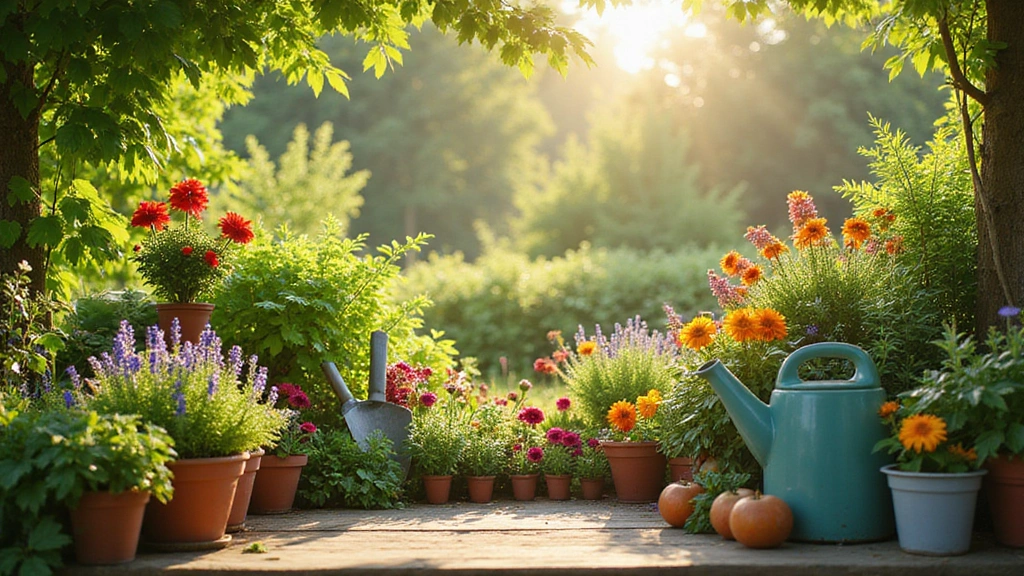
Gardening can sometimes feel overwhelming, but it doesn’t have to be! With some clever hacks, you can elevate your gardening game and make it much more enjoyable.
Whether you’re a seasoned pro or just starting out, these 17 genius gardening hacks will change the way you grow. They’ll save you time, effort, and maybe even some money too! From repurposing everyday items to using simple tricks that nature provides, there’s so much you can do to make your garden flourish. Get ready to uncover some amazing tips that will have you excited about planting, whether in your backyard or on a small balcony.
Let’s dig in and discover how you can transform your gardening routine and see your plants thrive like never before!
1. Eggshell Fertilizer
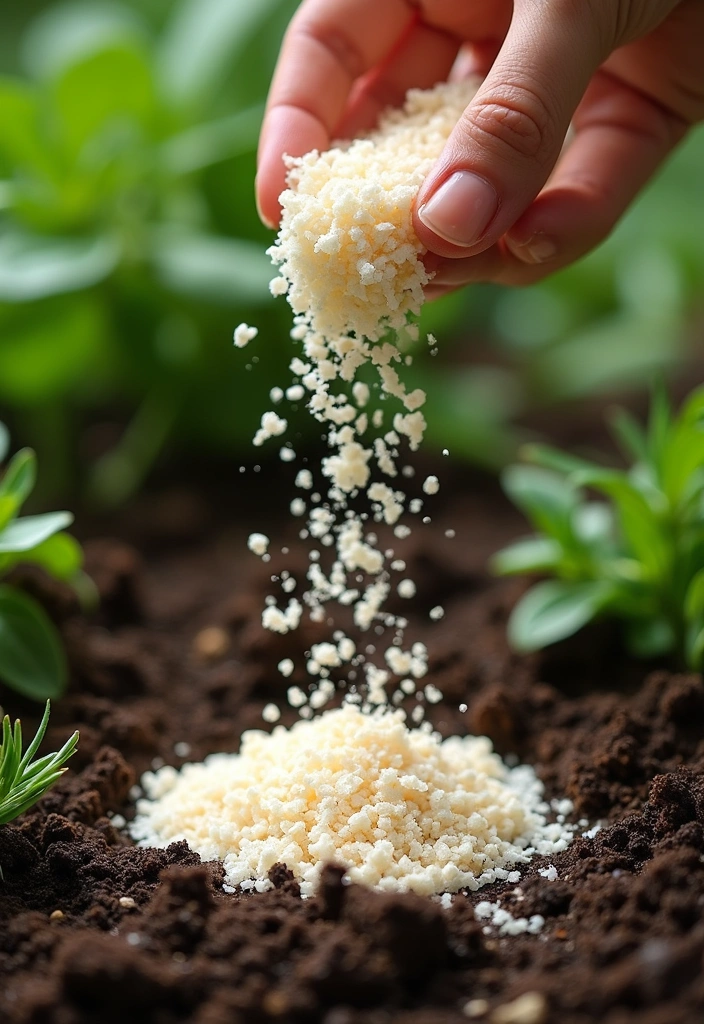
Instead of tossing those eggshells in the trash, save them for your garden! Crushing eggshells and sprinkling them into your soil adds calcium, which is essential for plant growth.
Not only does this natural fertilizer enhance the nutrient quality of your soil, but it also helps prevent blossom-end rot in tomatoes and peppers. Just collect your eggshells, rinse them out, and let them dry. Once they’re dry, crush them into small pieces and sprinkle them around your plants.
A little goes a long way, and it also discourages pests like slugs and snails. Using what you already have at home makes this hack both eco-friendly and effective, turning kitchen waste into a gardening goldmine!
2. Coffee Grounds for Acid-Loving Plants
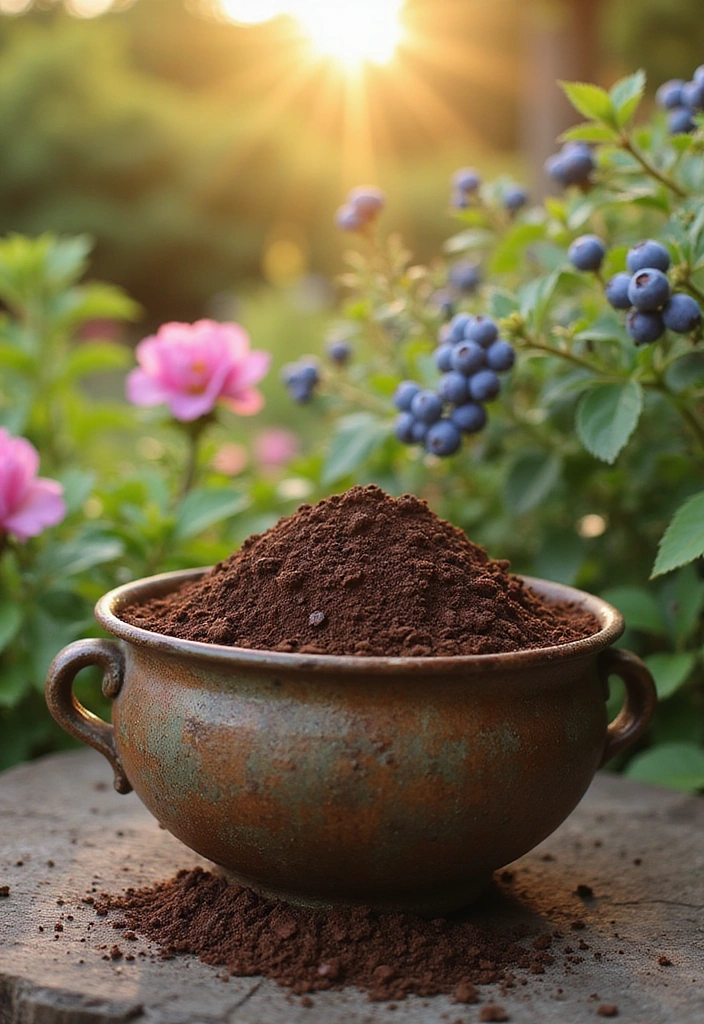
Have some leftover coffee grounds? Don’t throw them away! These grounds are like a secret weapon for acid-loving plants such as azaleas, blueberries, and roses.
Sprinkling used coffee grounds into the soil can help improve drainage, increase organic matter, and provide nitrogen to the plants. Simply collect your coffee grounds and mix them into the soil or sprinkle them on top as mulch.
Not only will this give your plants a nutrient boost, but it also keeps pests away due to the strong smell. It’s a neat trick that benefits both your plants and the environment—talk about a win-win!
3. DIY Pest Deterrent with Soap and Water
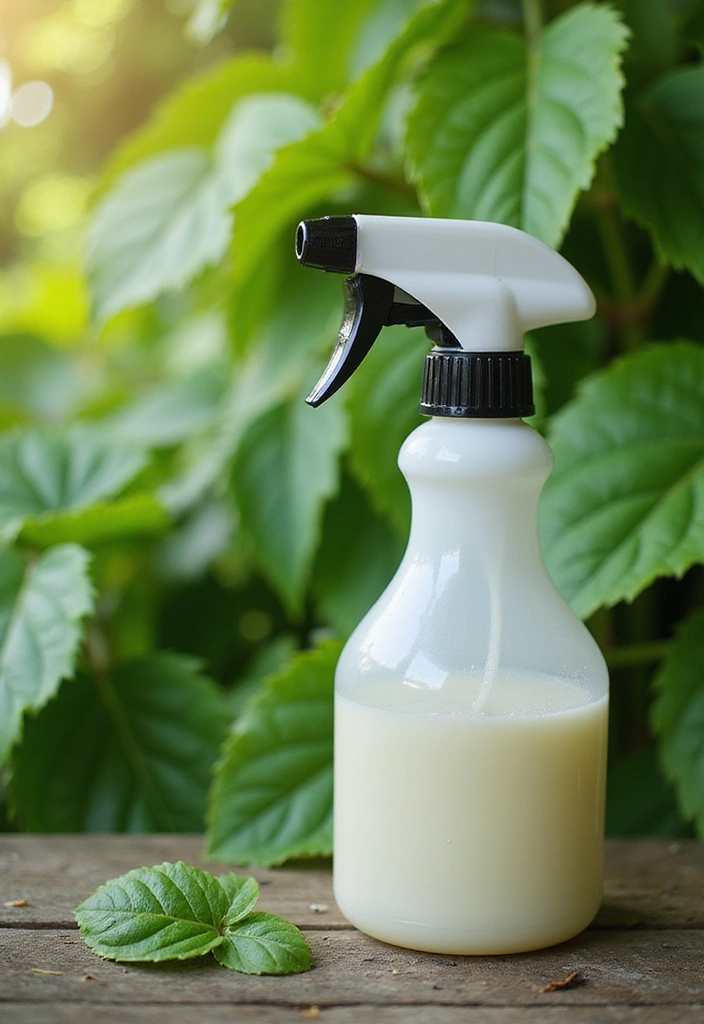
Tired of pests munching on your precious plants? Grab some dish soap and water! This simple solution can help keep unwanted insects at bay.
Mix about two tablespoons of liquid soap into a spray bottle filled with water and shake it well. Spray the mixture directly on the affected leaves, ensuring you cover both the tops and bottoms. The soap will suffocate soft-bodied insects like aphids and mites while being safe for your plants.
Repeat this treatment every week until your pest problem diminishes. It’s a quick and effective hack to protect your garden without using harmful chemicals, making it a perfect solution for organic gardening enthusiasts!
4. Use Old T-Shirts as Plant Ties
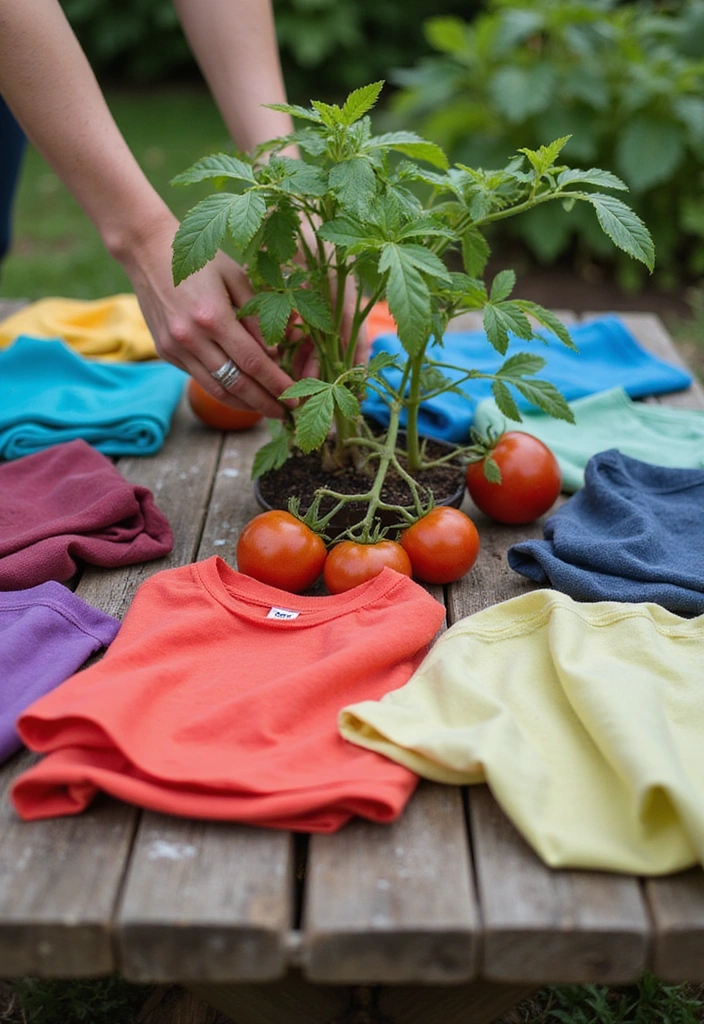
When it comes to supporting your plants, don’t rush to the store for expensive plant ties. Instead, use those old T-shirts you were planning to donate!
Cut the shirts into strips to create soft, sturdy ties that won’t harm your plants. They’re perfect for training young plants, especially tomatoes or any climbing variety, without risking damage to the stems. The fabric is gentle and less prone to cutting into the plant like wire or plastic ties might.
Plus, you’re recycling! It’s an easy and sustainable way to keep your garden organized and thriving without spending a dime.
5. Newspaper Mulch
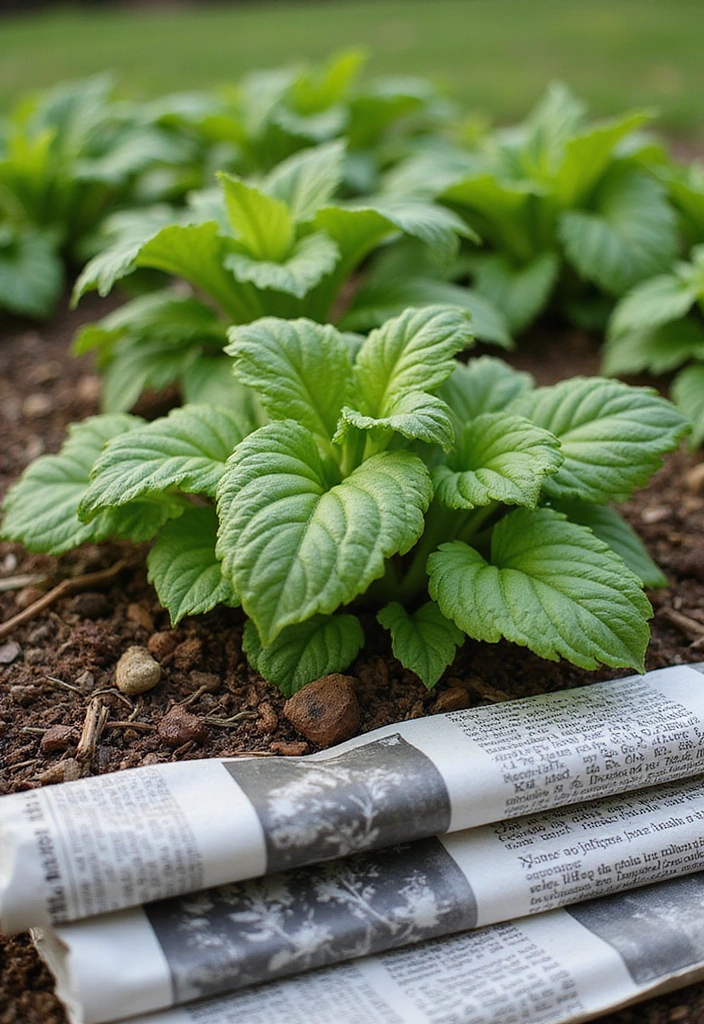
Transform your garden into a weed-free paradise using old newspapers! Layering newspaper in your garden beds can effectively suppress weeds while retaining moisture in the soil.
Simply lay down several sheets of newspaper around your plants and top it off with mulch. Over time, the newspaper will break down, enriching the soil as it composts. It’s a quick and effective method that also repurposes materials you already have at home.
Make sure to use only black-and-white newspapers, as colored inks may not break down as well. This hack is not just good for your plants; it’s also kind to the environment!
6. Repurpose Plastic Bottles for Watering
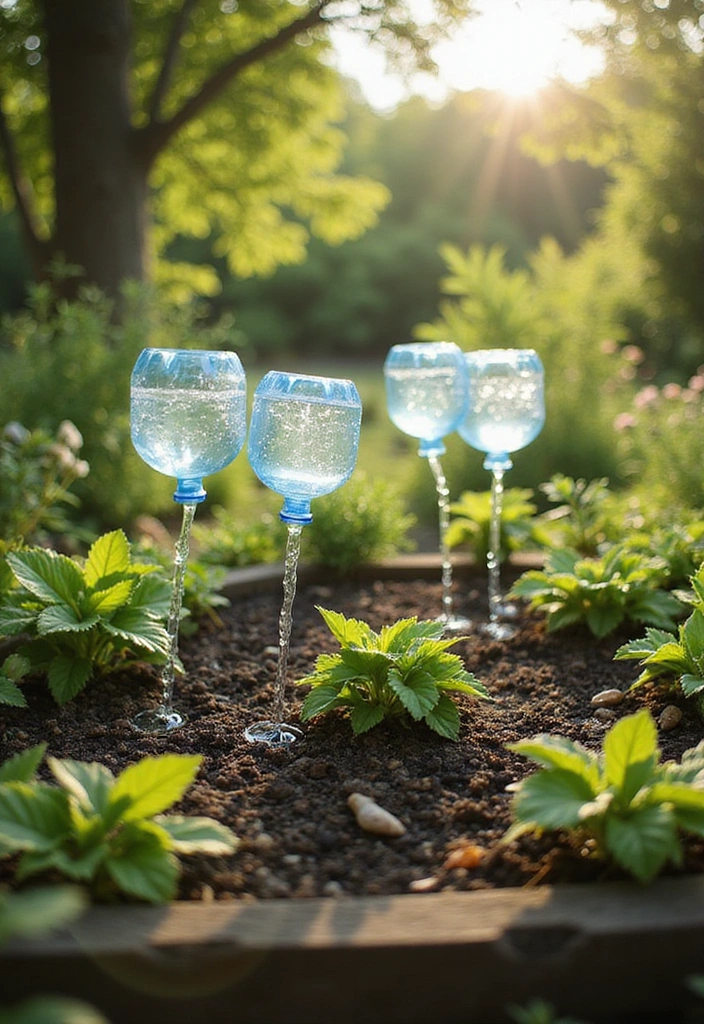
Watering plants can be a bit tricky, especially when you’re busy. Repurpose plastic bottles to create an efficient watering system!
Just take a plastic bottle, fill it with water, and poke a few small holes in the cap. Then, invert it into the soil near your plants. As the soil dries out, water will slowly drip from the bottle, providing a consistent moisture level.
This quick hack is perfect for keeping your plants hydrated while you’re away, and it reduces the chances of overwatering. It’s an innovative way to recycle while keeping your garden in tip-top shape!
7. Cinnamon as a Fungicide
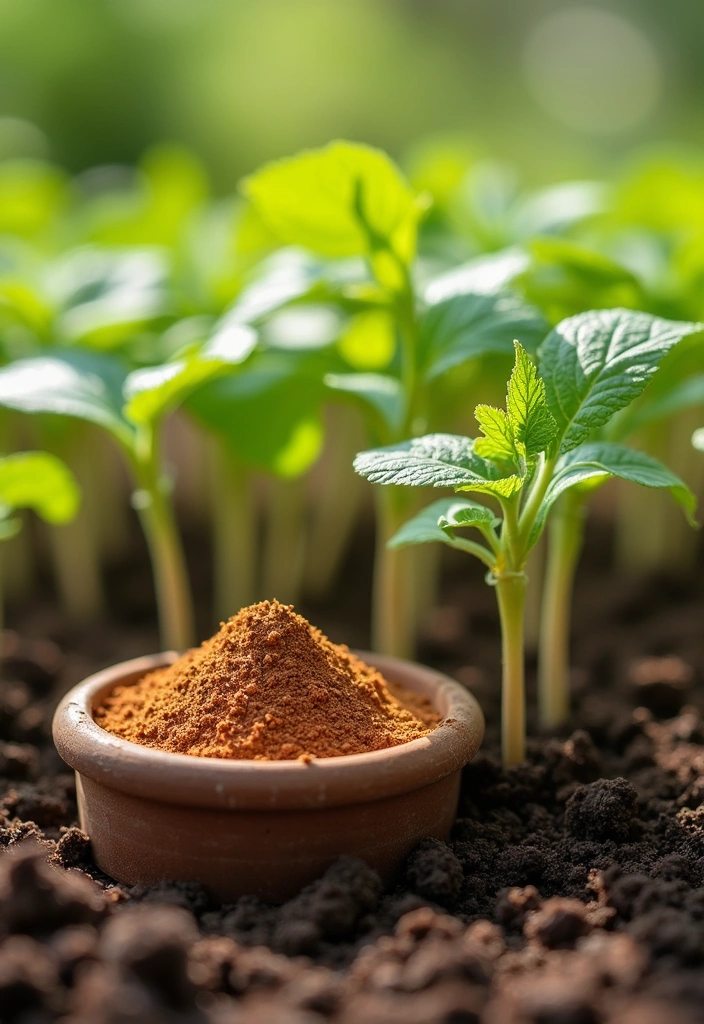
Got a fungal problem in your garden? Reach for the cinnamon! This fragrant spice is a natural fungicide, keeping mold and mildew away from your precious plants.
Simply sprinkle cinnamon on the soil or around the affected areas. It helps to prevent damping-off disease in seedlings and can protect the roots from harmful fungi. Not only will your garden smell delightful, but you also won’t need to resort to harsh chemicals.
Plus, cinnamon is an affordable solution that promotes a healthier growing environment, making this hack a must-try for any gardener!
8. Companion Planting for Natural Pest Control
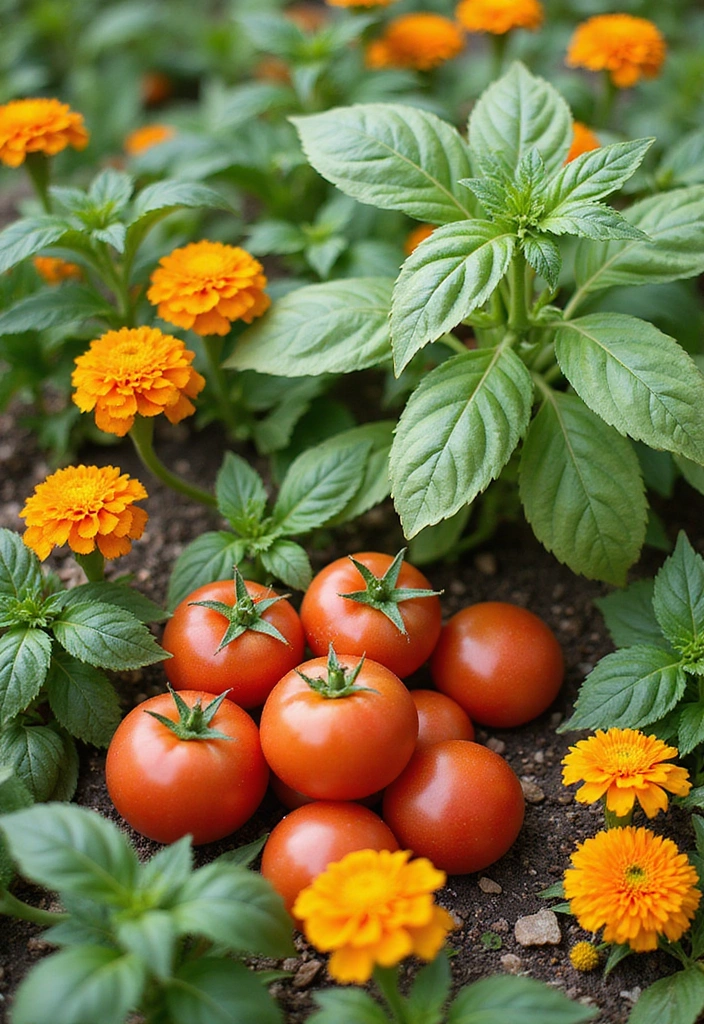
Maximize your garden’s potential by practicing companion planting! Certain plants, when grown together, can repel pests and encourage each other’s growth.
For example, planting marigolds alongside tomatoes can deter nematodes and other pests, while basil is known to enhance tomato flavor and growth. Create a diverse planting scheme in your garden, and watch your plants thrive together.
This natural method not only reduces the need for pesticides but also improves pollination. It’s a clever and effective way to keep your garden healthy while enjoying a variety of colors and textures!
9. The Power of Companion Planting
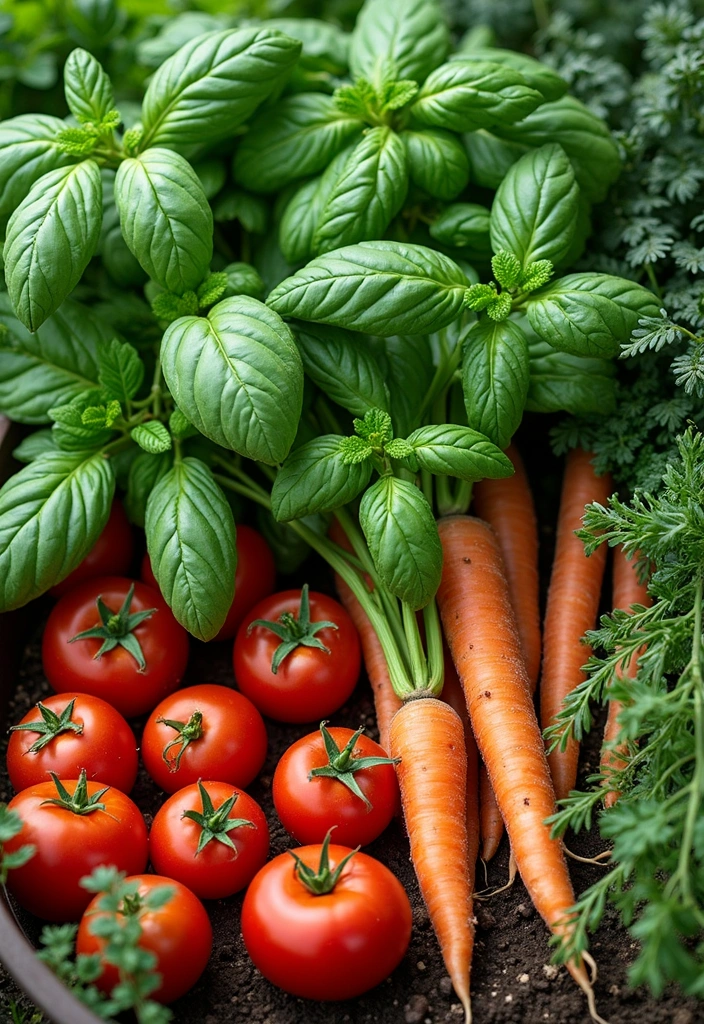
Companion planting is one of the oldest gardening tricks in the book! By pairing certain plants together, you can create a thriving garden ecosystem that benefits all involved.
For instance, planting basil next to tomatoes not only enhances the flavor of the fruits but also helps to ward off pests like aphids. Similarly, carrots and onions can help each other out since their scents can confuse harmful insects. Not only does this practice create a healthier garden environment, but it also minimizes the need for chemical pesticides.
Embracing companion planting allows for a more vibrant, diverse, and naturally pest-resistant garden. It’s a genius hack that every gardener should try!
10. Use Compost Tea for Extra Nutrients
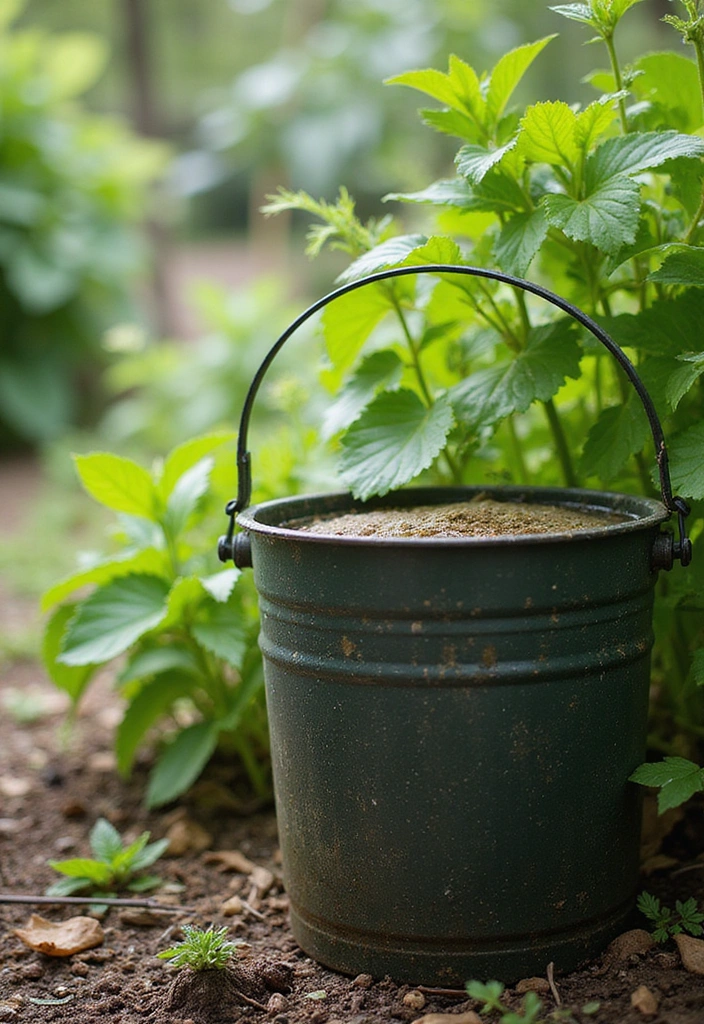
Rev up your plants’ growth with compost tea! It’s an easy way to transfer all the nutrients from your compost pile directly to your plants.
To make compost tea, fill a sock or cloth bag with mature compost and steep it in a bucket of water for 24-48 hours. Then, dilute the mixture with more water, and use it to water your plants. This nutrient-rich brew will give your plants the boost they need, promoting healthier growth and resilience against diseases. It’s a quick and effective way to nourish your garden naturally!
11. DIY Seedling Pots from Toilet Paper Rolls
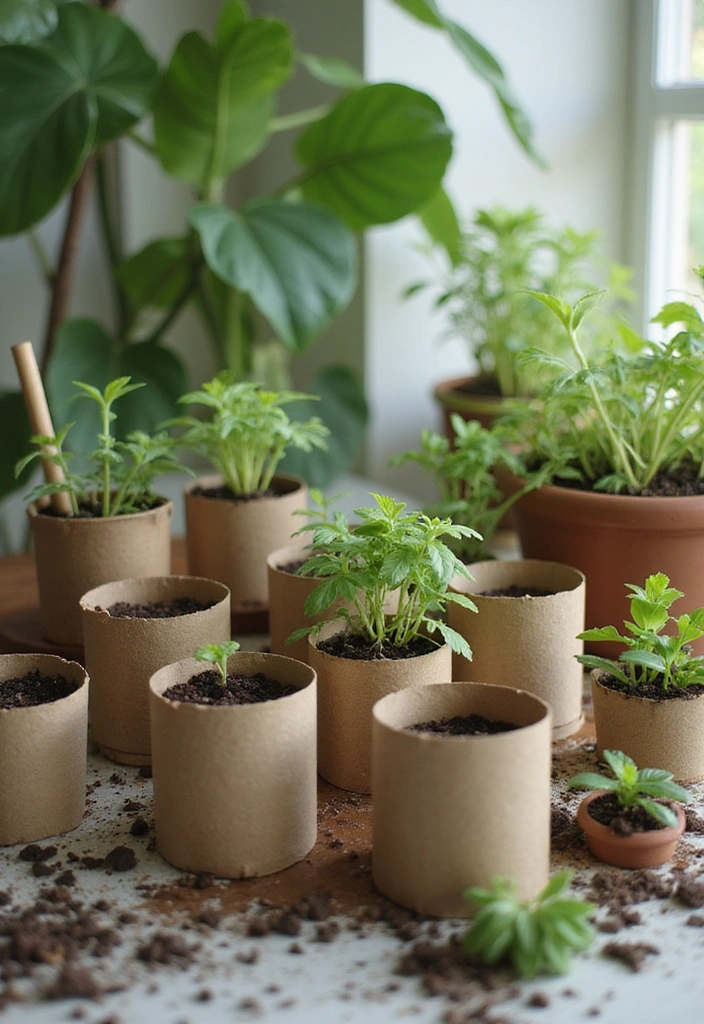
Starting seeds indoors? Save those toilet paper rolls! They make excellent biodegradable seedling pots that are perfect for your budding plants.
Cut the rolls in half, fill them with potting soil, and plant your seeds inside. Once your seedlings are ready for transplanting, you can plant the whole roll directly into the ground. It will decompose naturally, becoming part of the soil.
This hack is not only sustainable but also saves you money on plastic pots. Plus, it’s a fun way to get the kids involved in gardening, turning trash into treasure!
12. Use a Ruler for Even Seed Spacing
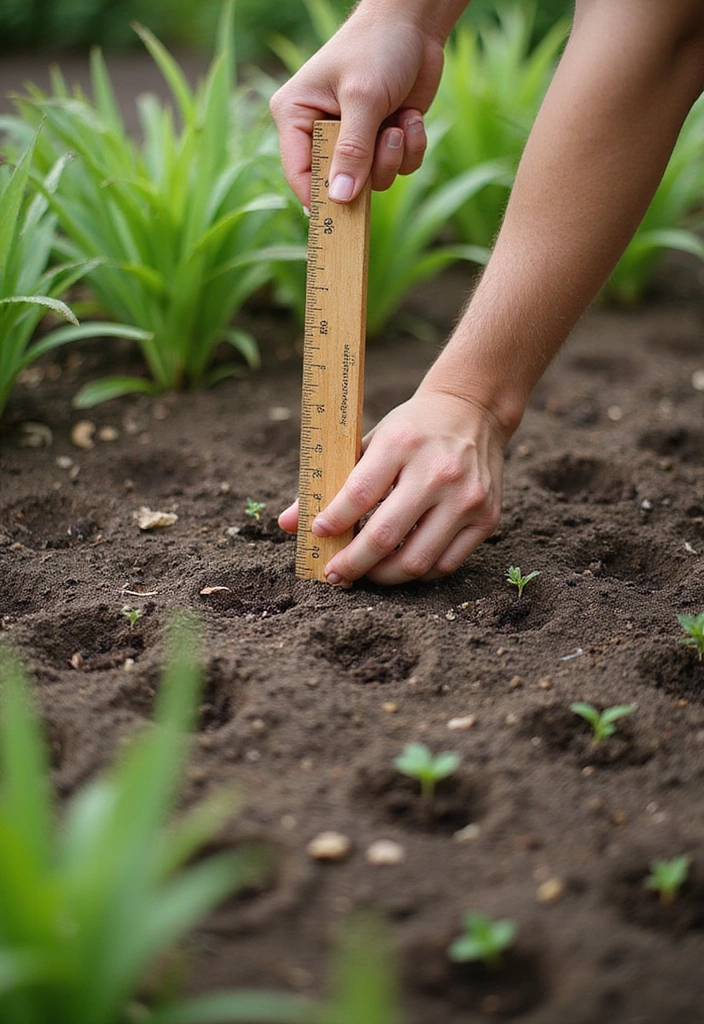
Getting the spacing right while planting seeds is crucial for healthy growth. Use a ruler for precise seed spacing!
Once you’ve measured the required distance based on the seed packet instructions, line up your ruler on the planting bed. Use a pencil or stick to mark little indentations where each seed should go. This simple hack ensures that your plants have ample space to grow without overcrowding each other.
It’s a straightforward and effective method that eliminates guesswork, making your garden layout neat and organized!
13. Use a Trowel to Create Perfect Rows
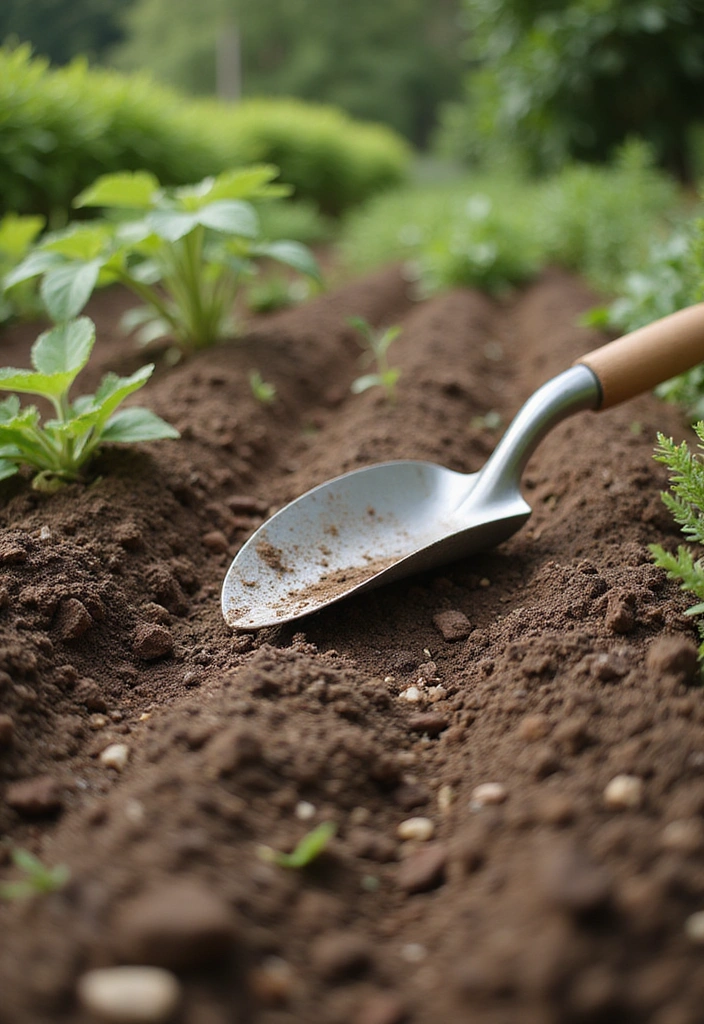
Creating neat rows in your garden can be a challenge, but a trowel can help! Use the flat side to draw straight lines in the soil for planting.
This method helps you maintain a uniform look, making it easier to plant seeds or seedlings at equal distances. It minimizes the risk of overcrowding and ensures each plant has enough room to spread its roots. Plus, it’s a quick and effective way to get your garden organized right from the start!
14. Use Raised Beds for Better Drainage
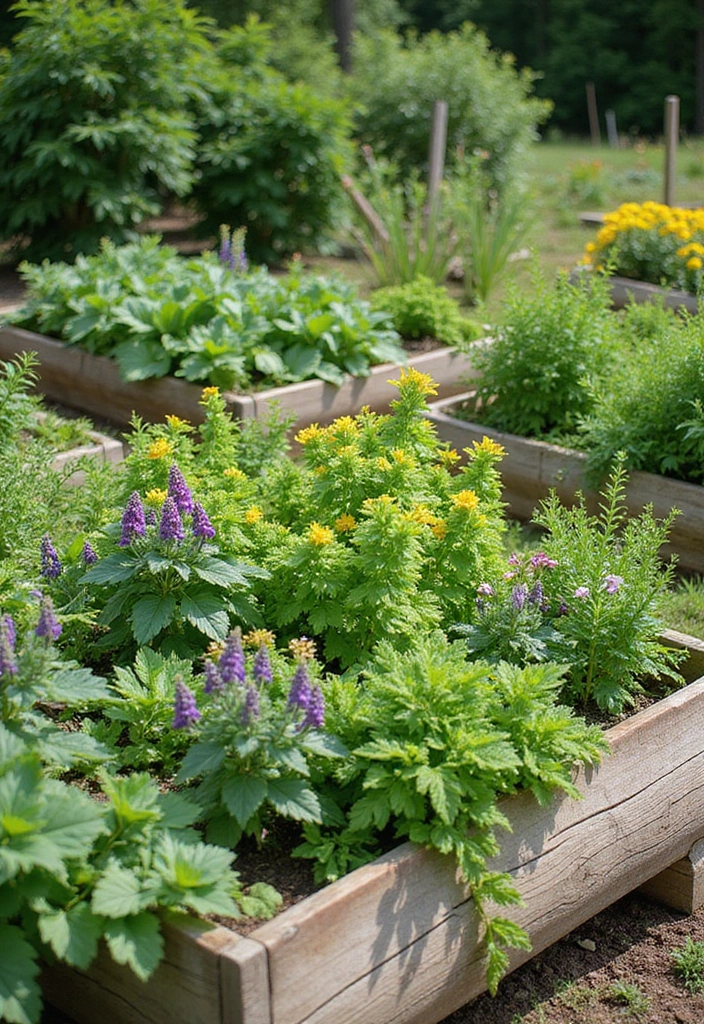
If you struggle with drainage in your garden, raised beds are a fantastic solution! They allow excess water to drain away while providing a defined space for your plants.
Building raised beds with wood or stone can also add an aesthetic appeal to your garden. You can fill them with quality soil, ensuring your plants get the best nutrients. Additionally, raised beds warm up quicker in the spring, giving your plants a head start. It’s a practical and effective hack that can revolutionize your gardening experience!
15. Create a Herb Spiral
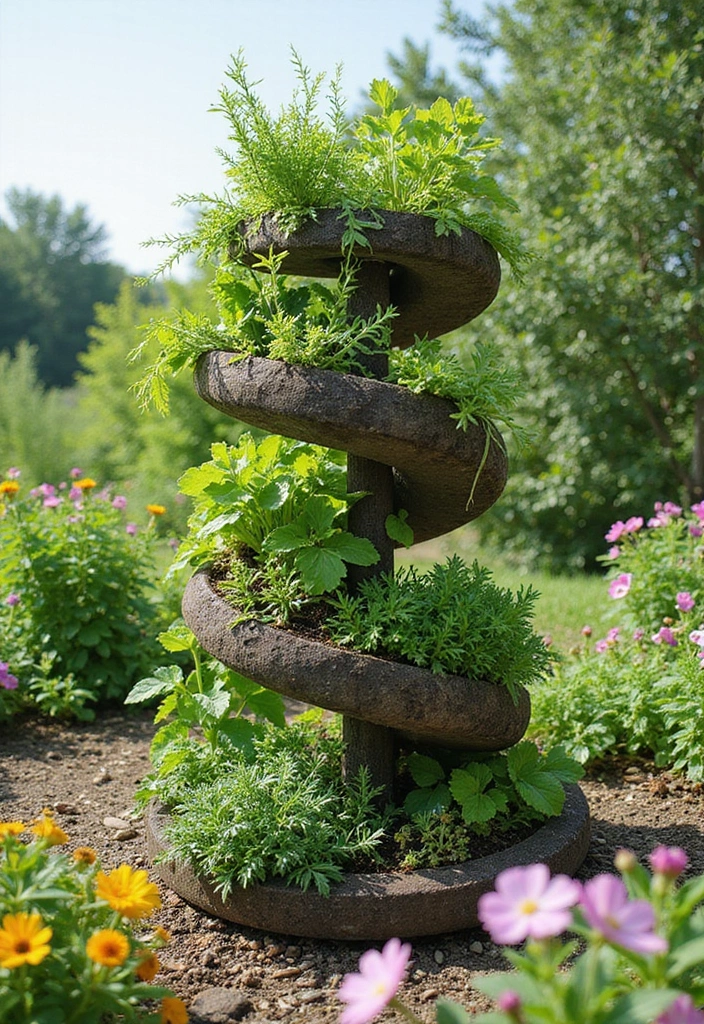
Looking for a creative way to grow herbs? Consider building a herb spiral! This vertical garden design allows you to maximize your space while growing a variety of herbs.
Construct your spiral using stones or bricks and fill it with rich soil. The design creates different microclimates, allowing you to grow different herbs like basil, thyme, and mint together. Plus, it’s visually stunning and can be a focal point in your garden! This hack is both efficient and beautiful, making it a must-try for any herb lover.
16. Use Diatomaceous Earth to Deter Pests
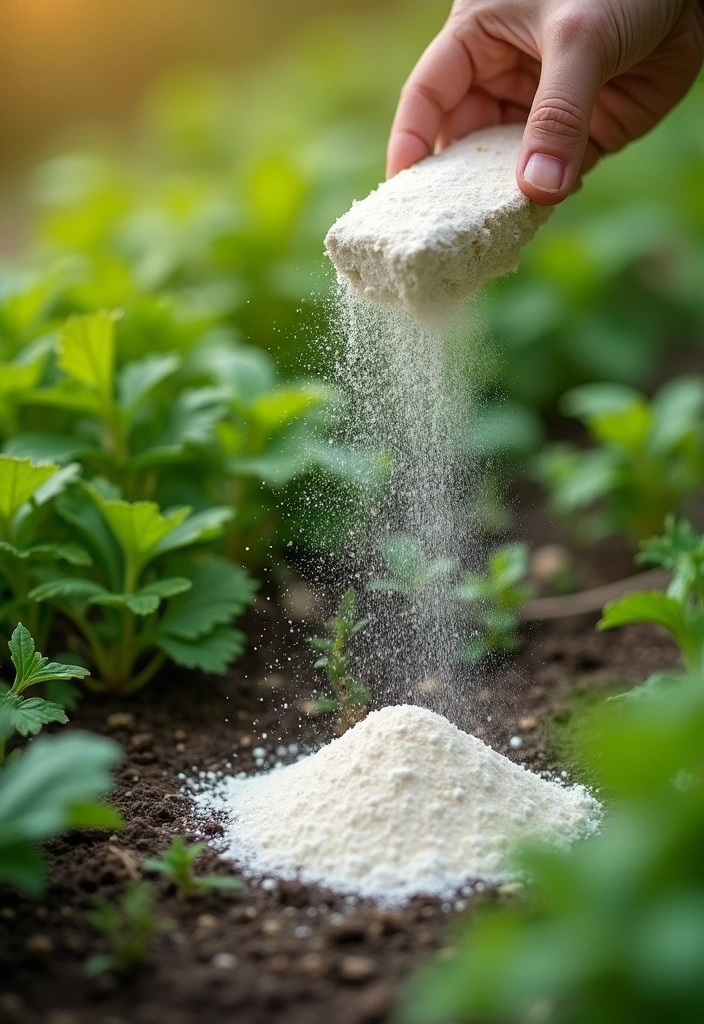
Diatomaceous earth (DE) is a natural, non-toxic powder that can serve as a powerful pest deterrent. This unique substance is made from fossilized algae and works by dehydrating soft-bodied insects.
Sprinkle DE around your garden plants to create a barrier that pests won’t want to cross. It’s effective against slugs, snails, and even ants. Just be sure to reapply after heavy rain, as it can wash away. This quick and effective hack allows you to protect your garden without resorting to harmful chemicals, making it a favorite among organic gardeners!
17. Repurpose Wood Pallets for Vertical Gardening
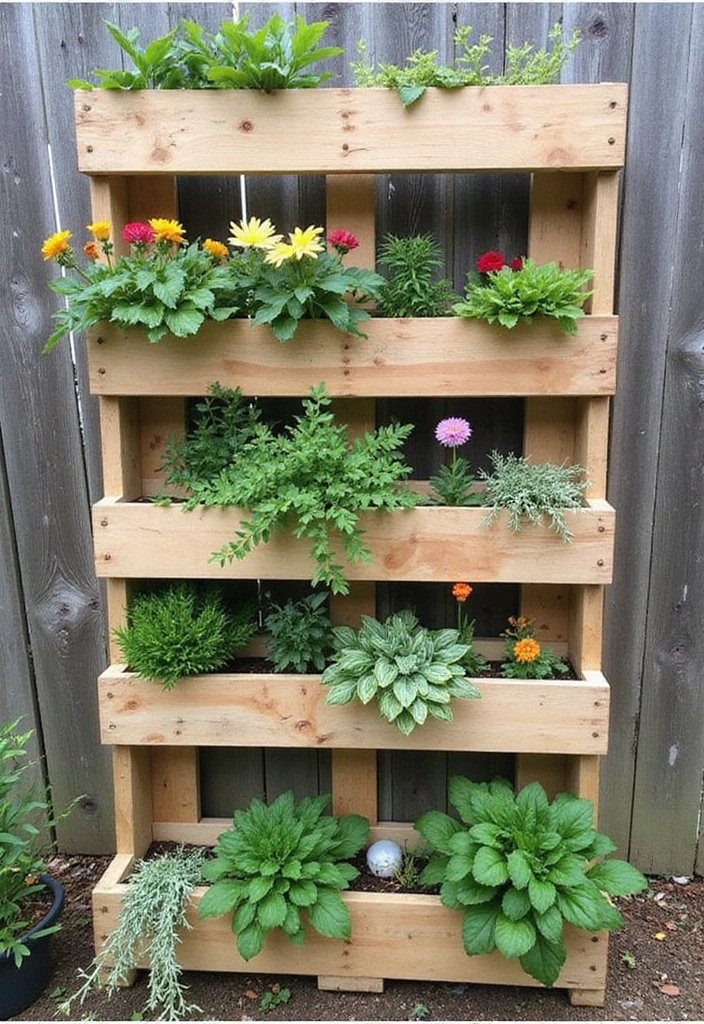
Wood pallets are more than just a shipping tool—they can be transformed into stunning vertical gardens! This is a great way to save space and add greenery to small areas.
Simply fill the openings of the pallet with soil and plants, securing it to a wall or fence to create a vertical garden. You can grow flowers, herbs, or even strawberries. It’s a fun project that showcases creativity in gardening while also making the most of your available space. Plus, it’s an eye-catching feature that will impress your neighbors!
Final Review
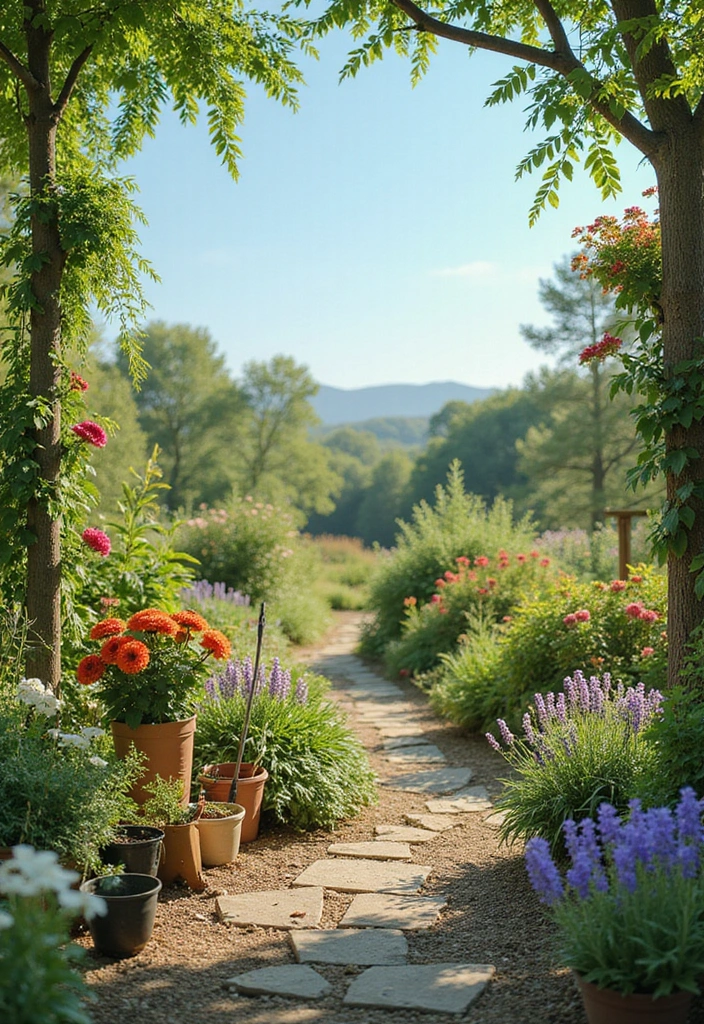
Gardening doesn’t have to be complicated or expensive. With these 17 genius gardening hacks, you can simplify your gardening routine and see your plants thrive like never before.
These quick and effective tips not only enhance your growing experience but also connect you more with nature. So, which hack are you excited to try first? Happy gardening!
